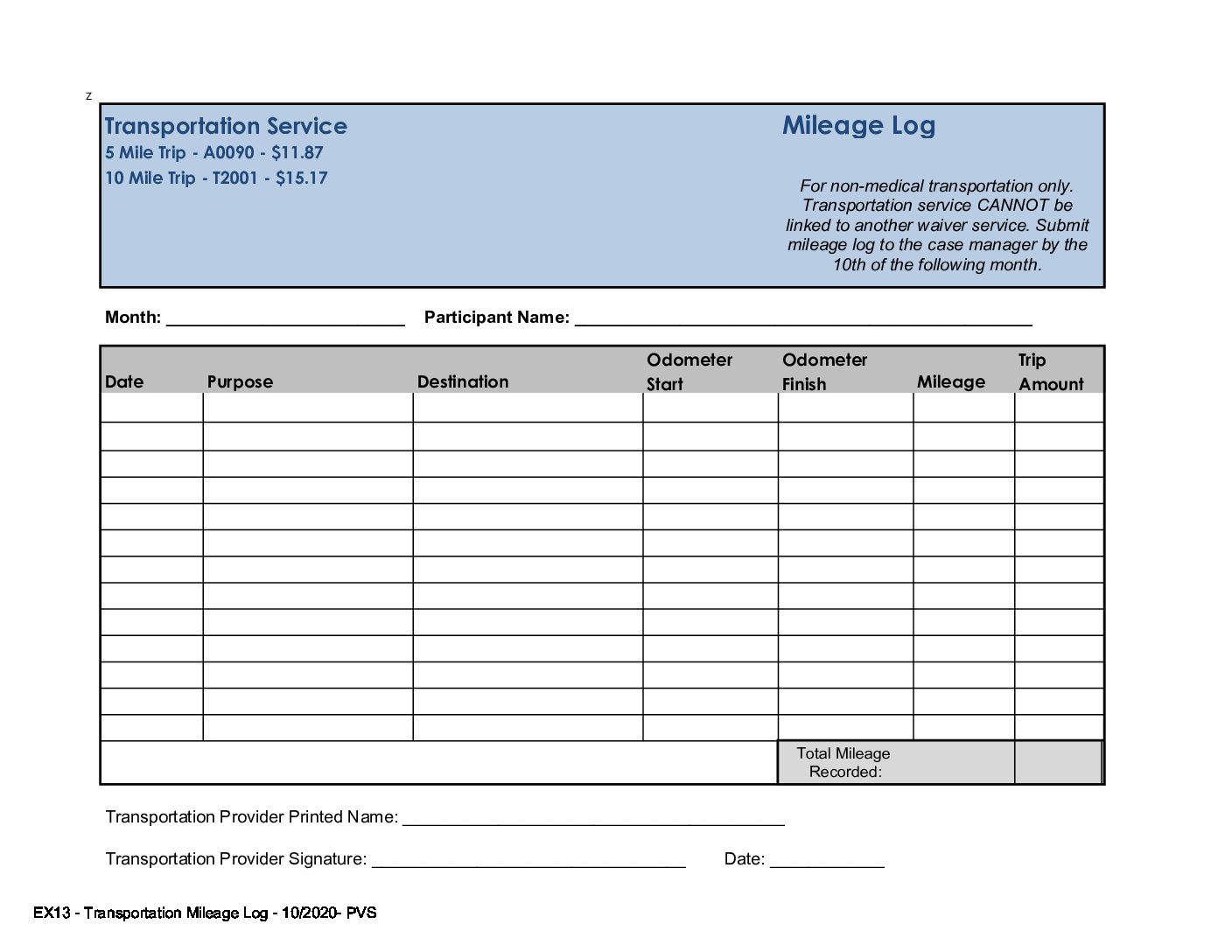
Keeping track of transportation activities is essential for businesses and individuals alike. Whether you are managing a fleet of vehicles or need to record your trips, a transportation log can be a valuable tool.
This guide will explore the what, why, and how of transportation logs, providing you with all the information you need to create and use one effectively.
What is a Transportation Log?
A transportation log is a document used to record transportation-related information. It can be in the form of a spreadsheet, a template, or simply a blank sheet of paper. The log is used to track details such as dates, destinations, mileage, fuel consumption, and any other relevant information related to transportation activities.
Transportation logs are commonly used by businesses with fleets of vehicles, such as delivery companies, trucking companies, and taxi services. However, they can also be used by individuals who want to keep track of their transportation activities, such as mileage for tax purposes or to monitor fuel consumption.
Why Use a Transportation Log?
There are several reasons why using a transportation log can be beneficial:
- Expense Tracking: By recording the mileage and fuel consumption of your vehicles, you can accurately track transportation expenses. This information is useful for budgeting and tax purposes.
- Efficiency Monitoring: A transportation log allows you to analyze the efficiency of your transportation activities. By tracking data such as fuel consumption, you can identify areas for improvement and implement strategies to reduce costs.
- Compliance Requirements: Some industries have specific compliance requirements when it comes to transportation. By maintaining a log, you can ensure that you are meeting these requirements and avoid any potential penalties or fines.
- Insurance Claims: In the event of an accident or other incident, a transportation log can serve as evidence for insurance claims. It provides a detailed record of the activities leading up to the incident, which can help in the claims process.




How to Create a Transportation Log
Creating a transportation log is a straightforward process. Here are the steps to follow:
- Determine the Purpose: Decide what information you want to track in your transportation log. This could include dates, destinations, mileage, fuel consumption, maintenance activities, and any other relevant details.
- Select a Format: Choose a format that suits your needs. You can use a spreadsheet program like Microsoft Excel or Google Sheets, or you can find templates online.
- Create the Columns: Set up the columns in your transportation log based on the information you want to track. Label each column accordingly.
- Add the Data: Start recording the information in your transportation log. Make sure to enter the data accurately and consistently.
- Regularly Update the Log: To ensure the accuracy of the information, make it a habit to update the transportation log regularly. Set a schedule that works for you, whether it’s daily, weekly, or monthly.
Example of a Transportation Log
Here is an example of what a transportation log could look like:
- Date: May 1, 2022
- Destination: Client A
- Mileage: 50 miles
- Fuel Consumption: 5 gallons
- Maintenance Activities: None
This is just a basic example, and you can customize your transportation log to include additional columns or information that is relevant to your specific needs.
Tips for Successful Use of a Transportation Log
To make the most of your transportation log, consider the following tips:
- Be Consistent: Make sure to record all transportation activities consistently. This includes both business-related and personal trips.
- Keep Receipts: If you are tracking expenses, keep all relevant receipts and attach them to the corresponding log entries for easy reference.
- Review and Analyze the Data: Regularly review and analyze the data in your transportation log to identify patterns, trends, and areas for improvement.
- Backup Your Data: Keep a backup of your transportation log to ensure that you don’t lose any valuable information in case of computer or file loss.
- Use Technology: Consider using transportation management software or mobile apps to streamline the process of recording and analyzing transportation data.
Free Transportation Log Template!
A transportation log is a valuable tool for tracking transportation activities and managing expenses. Whether you are a business owner or an individual, implementing a transportation log can help you stay organized, monitor efficiency, and meet compliance requirements.
With the tips and information provided in this guide, you can create and use a transportation log effectively.
Transportation Log Template Excel – Download